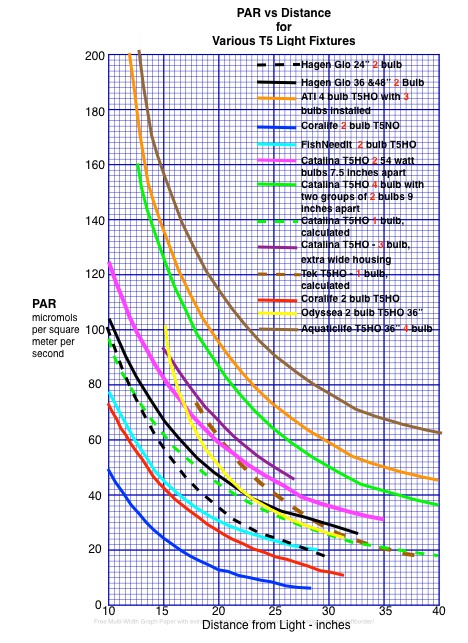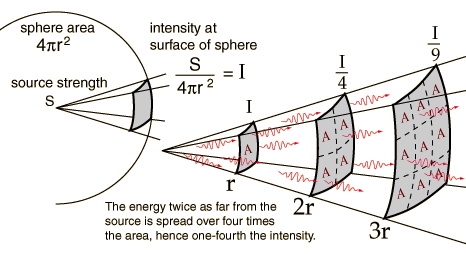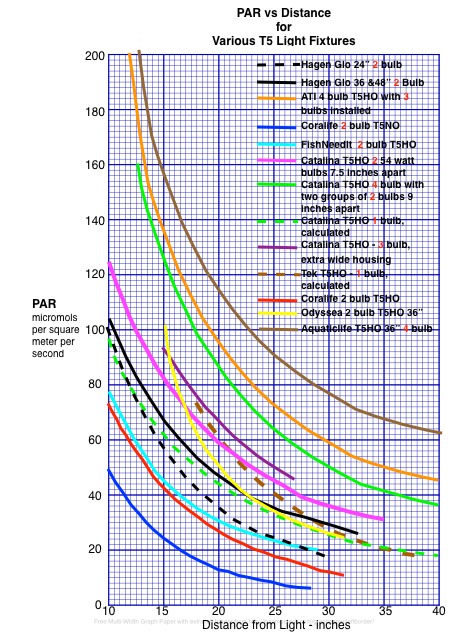- Joined
- Feb 28, 2017
- Messages
- 293
- Reaction score
- 238
Is there any correlation between a light fixtures mounting height and par reading at a specific spot in the tank as the light fixture is raised or lowered above the tank?
The reason I ask is I rented a par meter and obtained par measurements at every spot in my tank and the readings are lower than I would like them to be so I am currently lowering my light to increase par.
If I have a spot in the middle of the tank, let's say that spot is 12 inches below the fixture and is currently receiving 100 par. If I decrease the distance between that point and the light source by half, 6 inches between that spot and the light, would my PAR roughly double to 200 par?
The reason I ask is I rented a par meter and obtained par measurements at every spot in my tank and the readings are lower than I would like them to be so I am currently lowering my light to increase par.
If I have a spot in the middle of the tank, let's say that spot is 12 inches below the fixture and is currently receiving 100 par. If I decrease the distance between that point and the light source by half, 6 inches between that spot and the light, would my PAR roughly double to 200 par?


















